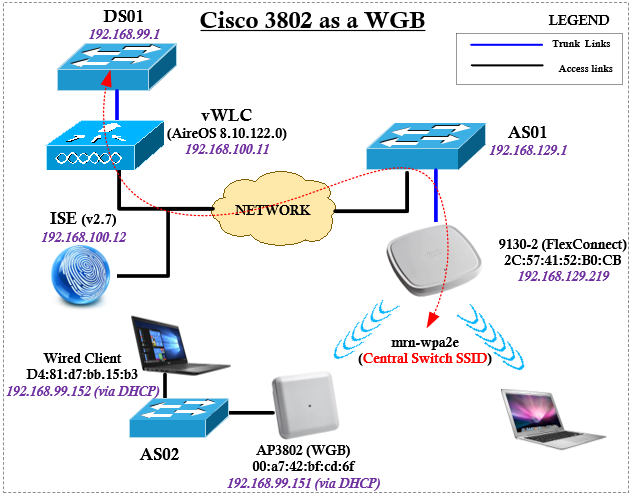

The Port Access Entity (PAE) is what executes the algorithms and follows the protocol(s).

See the following diagram if that's unclear. The supplicant is what is being authenticated. It does this via the authentication server. An authenticator helps authenticate what you connect to it.
For example, depending on what authentication information you provide, you might get a particular IP address.Ĩ02.1x Terminology 802.1x does introduce some terminology that we need to get used to. And you can make decisions on how to handle layer 3 protocols, such as IP, based on the authentication information. By authenticating at layer 2, you are independent of upperlayer protocol (such as IP). PPP authentication is used to identify the user at the other end of the PPP line before giving them access. With dial-up Internet access, that’s the username and password. Before anything at Layer 3 (like IP) is established, PPP goes through an authentication phase at Layer 2. Although PPP has many parts that make it useful in different networking environments, the part that we care about in this demonstration is the authentication piece. In practice, PPP has gone far beyond its original use as a dial-up access method as it's now used all over the Internet. 
By any measure, PPP is a very successful protocol.PPP is also used by some ISPs for DSL and cable modem authentication, in the form of PPPoE (PPP over Ethernet).It’s most commonly used for dial-up Internet access. Most people are familiar with PPP, the point-to-point protocol.What is PPP and what does it have to do with wireless security? Then PPP can serve for this point-to-point model.A wireless node must be authenticated before it can gain access to other LAN resources.It is used for certain closedwireless access points.802.1x works at Layer 2 to authentication and authorize devices on wireless access points.







 0 kommentar(er)
0 kommentar(er)
